Mercado de máquinas e instalaciones usadas
Máquinas usadas Surface Treatment, Finishing Plant & Equipment
Surface treatment and preparation refer to processes for preparing or modifying the surfaces of workpieces or components. These processes can have various purposes, such as improving surface quality, increasing wear resistance, preparing for further machining, or altering surface properties for specific applications. Some common surface treatment methods are: Polishing: This is a process used to smooth and refine surface quality through the use of abrasive materials such as sandpaper or polishing compounds. Coating: This method involves applying a layer of a material such as paint, lacquer, polymer or metal to the surface to improve surface properties such as corrosion resistance, wear resistance or conductivity. Blasting: This is a process in which material is removed from the surface by blasting abrasive particles such as sand, glass or plastics. It can be used to clean, de-rust or matt surfaces. Electroplating: In this process, a thin layer of a metal is applied to the surface to improve surface properties such as corrosion resistance or electrical conductivity. Heat treatment: This is a process to change the physical properties of the workpiece by heating and cooling. It can be used to increase the hardness, strength or ductility of the surface. The choice of the right surface treatment method depends on the specific requirements of the application.
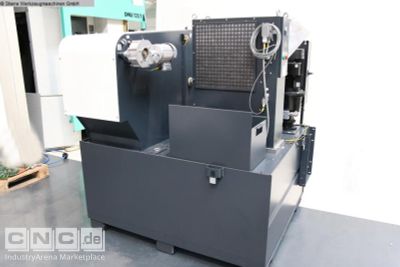
|

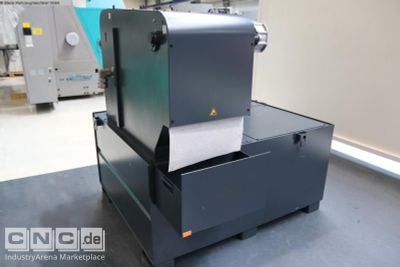
|


|

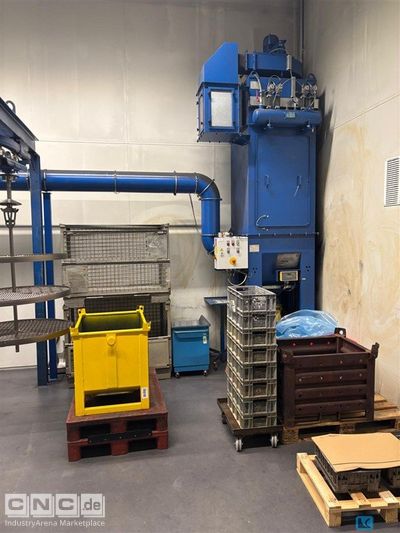
|

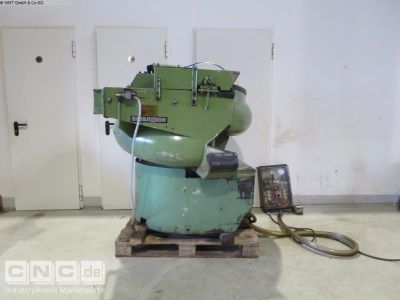
|

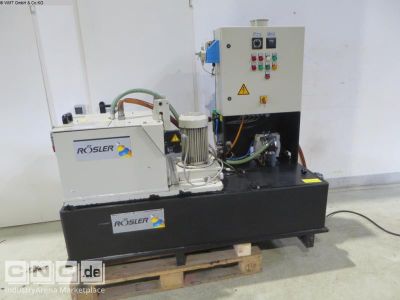
|

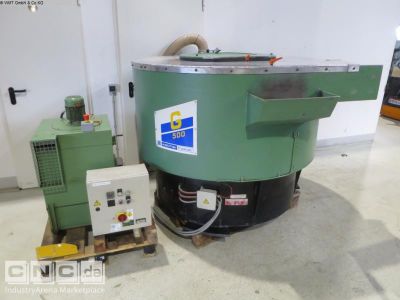
|

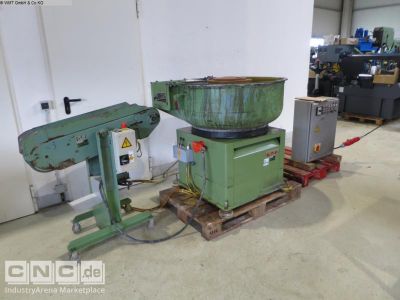
|


|

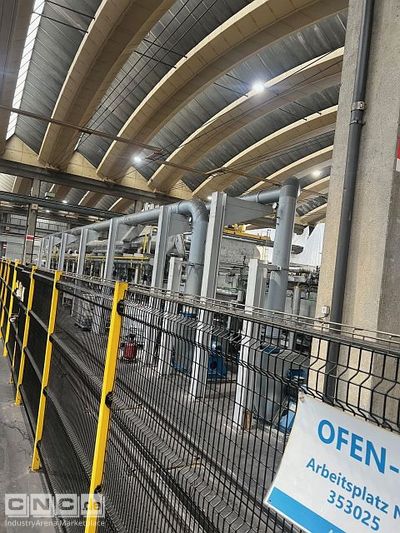
|

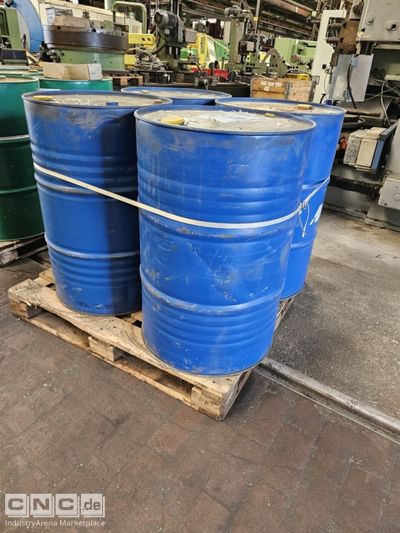
|

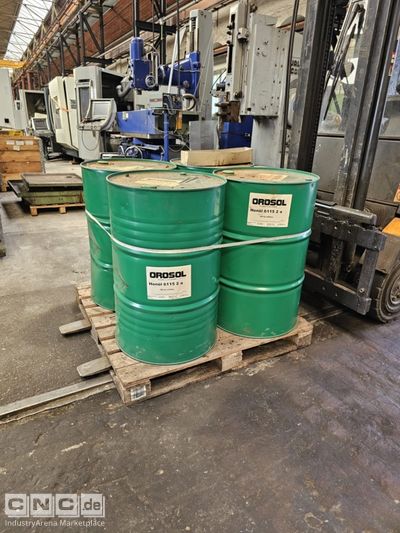
|

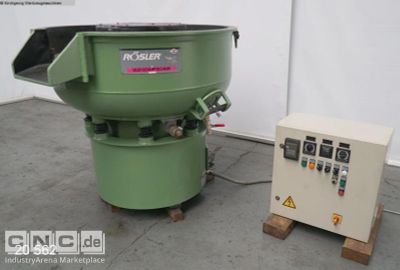
|


|


|

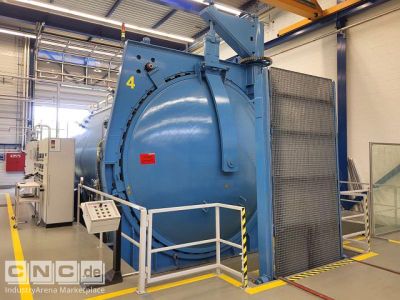
|

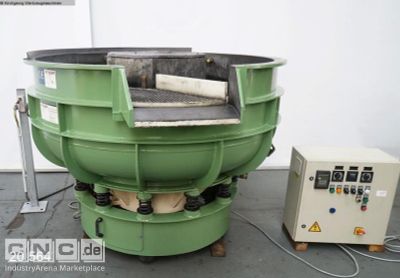
|

|
Ninguna fotografía disponible |

|
Ninguna fotografía disponible |

|
Ninguna fotografía disponible |

|
Ninguna fotografía disponible |

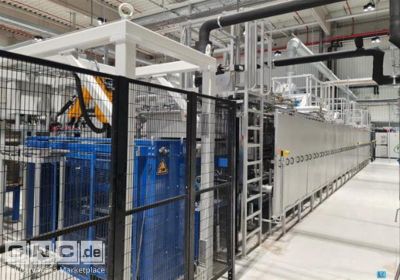
|

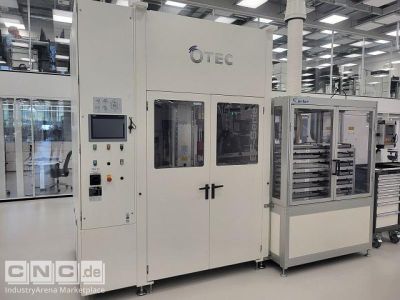
|


|


|

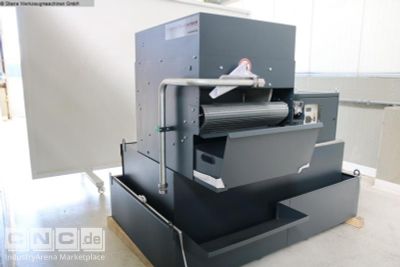
|


|

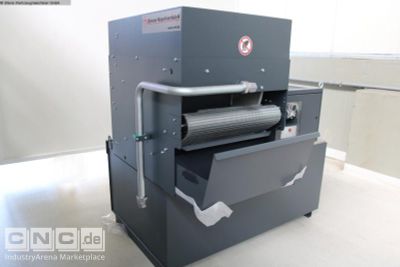
|

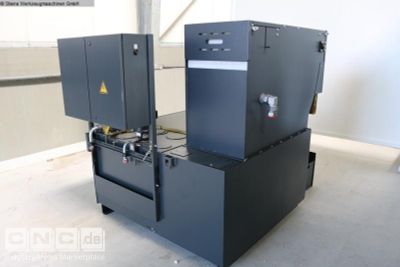
|

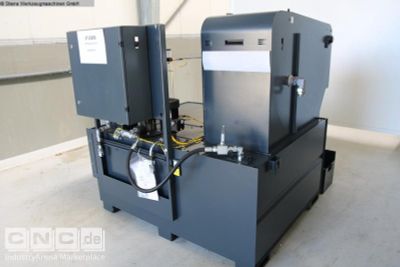
|











